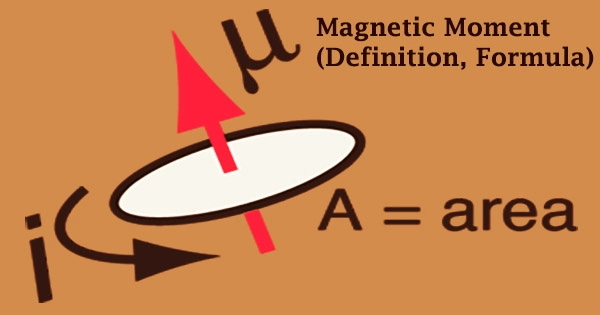A quantum dot laser is a semiconductor laser in which quantum dots serve as the active medium. It is a semiconductor laser with a light emitting region that uses quantum dots as the active laser medium. Quantum dots have an electrical structure similar to atoms due to the tight confinement of charge carriers. When activated by an external energy source, quantum dots are tiny semiconductor particles that can emit light.
Due to its unique features and advantages over ordinary semiconductor lasers, quantum dot lasers have acquired interest and significance in the fields of photonics and optoelectronics. Lasers made from such active media have device performance similar to gas lasers while avoiding some of the drawbacks associated with standard semiconductor lasers based on bulk or quantum well active media. There have been improvements in modulation bandwidth, lasing threshold, relative intensity noise, linewidth enhancement factor, and temperature sensitivity.
By altering dot size and composition, the quantum dot active region can be made to operate at different wavelengths. This enables the fabrication of quantum dot lasers capable of operating at wavelengths previously unattainable with semiconductor laser technology.
The presence of multicarrier Auger processes, which increase the nonradiative rate upon population inversion, is one barrier in future developments with quantum dot lasers. Auger processes are inherent in the material, but unlike in bulk semiconductors, they can be manipulated to some extent in quantum dots at the expense of lowering the radiative rate. The relatively low conductivity of quantum dot films is another barrier to the specific goal of electrically-pumped quantum dot lasing.
Here are some key features and benefits of quantum dot lasers:
- Size and Dimension: Quantum dots are generally nanometer-sized, making them significantly smaller than traditional laser materials. This compact size enables greater control over emission wavelengths and fine-tuning of laser properties.
- Wavelength Flexibility: Quantum dot lasers can be designed to emit light at a variety of wavelengths, including those that are difficult to achieve with other semiconductor materials. This adaptability is useful in a variety of applications, including telecommunications, medical devices, and spectroscopy.
- Reduced Threshold Current: When compared to bulk semiconductor materials, quantum dots have a lower threshold current for lasing. As a result, they require less energy to begin generating laser light, potentially leading to more energy-efficient systems.
- Temperature Stability: Quantum dot lasers are known for their improved temperature stability. They can maintain their performance over a wider temperature range compared to traditional semiconductor lasers.
- High-Quality Emission: Quantum dots can produce a narrow and symmetric emission spectrum, resulting in a high-quality laser output. This is essential for applications where precise spectral characteristics are required.
Applications
Commercial applications for quantum dot active media devices include medicine (laser scalpel, optical coherence tomography), display technologies (projection, laser TV), spectroscopy, and telecommunications.
Telecommunications, optical data transfer, optical amplifiers, medical imaging, and military applications are only few of the applications for quantum dot lasers. They are constantly researched and developed in order to increase their performance and broaden their range of uses.















